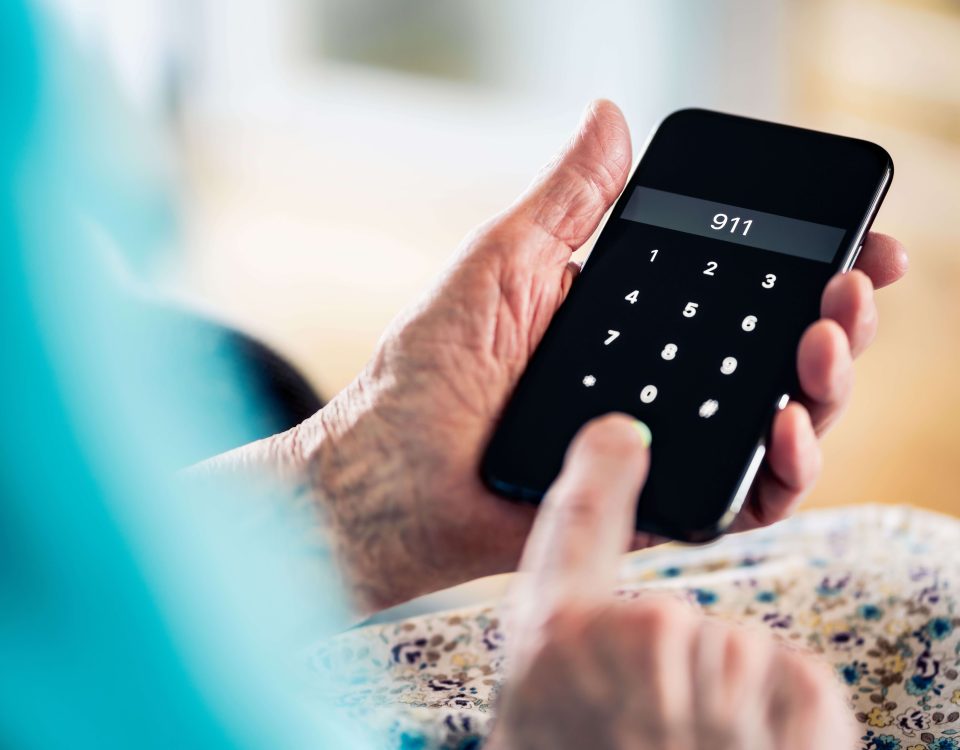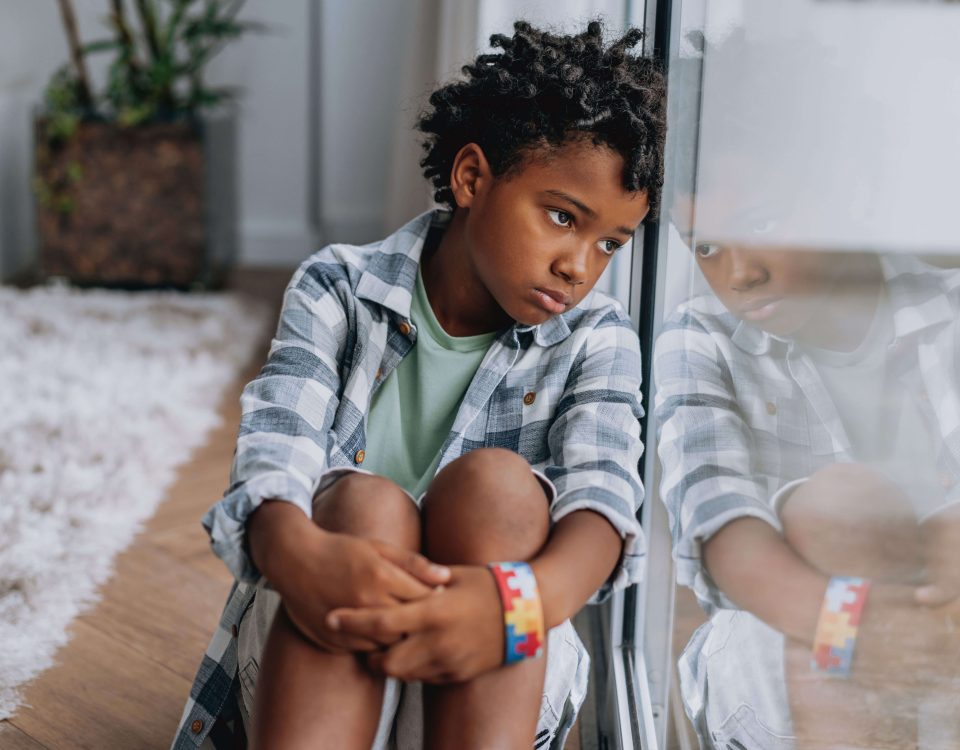- Have any questions?
- 412-123-4567
- noreply@upmc.com
How to Prevent Prescription Opioid Overdoses

Nearly 1,500 people die each week from opioid overdoses in the United States. Opioid misuse and overdoses continue to be a national public health problem. However, overdoses are preventable.
It's important to know what opioids are, who is at risk, and how to prevent overdoses so that more lives can be saved.
What are Opioids?
Opioids are drugs that health care providers often prescribe to temporarily relieve moderate to severe pain from health conditions like cancer or chronic pain, or after a patient undergoes surgery. Commonly prescribed opioids include oxycodone, morphine, and hydrocodone.
Although opioids may reduce pain symptoms, opioid use can present many risks, including dependence, addiction, and overdose.
Opioids are highly addictive because they activate receptors in the brain, spinal cord, and other organs that regulate pain and pleasure. When opioids attach themselves to the receptors, the body releases large amounts of dopamine. This creates a “high" or euphoric sensation. This feeling causes the person to want to repeat the experience and can lead to opioid misuse.
Opioid Misuse
Opioid misuse can occur if a person:
- Takes more than the prescribed dosage of medication.
- Takes someone else's prescription.
- Takes the medication for the effect that causes the high.
People who misuse prescription opioids often get them without a health care provider's prescription. Often, opioid users get them from:
- A friend or relative.
- A drug dealer or stranger.
- More than one doctor.
Health care providers can help reduce access to prescription opioids for medical conditions in which the risks outweigh the benefits. The Centers for Disease Control and Prevention (CDC) has issued guidelines for doctors on prescribing opioids for chronic pain. This ensures patients get the pain treatment they need while reducing the potential for misuse or overdose.
Family and friends also play a critical role in reducing opioid access. That's especially the case if there are opioids in the home or if a loved one is struggling with an opioid use disorder (OUD). Misusing opioids can lead to overdoses, which sometimes can be fatal in the absence of immediate action.
Although there are already many efforts underway to reduce opioid overdoses, here are some things you can do to help.
Proper medication storage and disposal
If you receive an opioid prescription, it's important to take your medication exactly as your doctor prescribes and to store it safely. Lock your medication up if there is any potential for someone else to access and misuse it.
Proper disposal of old opioid medications is critical to prevent overdoses. The preferred method of disposal is via drug take-back programs. In Pennsylvania, you can find take-back locations on the PA Department of Drug and Alcohol Programs website.
If you can't access a take-back location, opioid medications are on the Food and Drug Administration's flush list. The list contains medications that have a high potential for misuse. If you no longer need to take your prescribed opioid medication, or if it has expired, flush it down the toilet.
Have Narcan® on hand
Narcan, the brand name for naloxone, is a medication that partially or fully reverses the effects of opioids and restores breathing in an overdosed individual. The medication will work only if opioids are present in the body.
If you suspect someone is overdosing, even if you aren't sure, every minute matters. You can follow certain steps to help someone who is overdosing that could save their life:
- Call 911.
- If naloxone is available, administer it to the person right away.
- If the person is not breathing and/or does not have a pulse, perform rescue breathing and chest compressions.
- Stay with the person until help arrives.
Pennsylvanians can access naloxone for free at most pharmacies across the state.
Overdose Prevention
To prevent overdose and even death, it is important to help people struggling with opioid use disorder (OUD) get access to treatment.
The most effective evidence-based treatments include medications, also called medication for addiction treatment (MAT). Medication (methadone, buprenorphine, or naltrexone) curbs cravings. Ideally, medication is combined with counseling and behavioral therapies.
Hospitals and medical centers can start treatment and connect people who are struggling with OUD to the right care.
More Info on Opioid Addiction, Overdoses, and Naloxone
If you or someone you know are suffering from a substance abuse disorder, call the Get Help Now Hotline at 1-800-662-4357. There, you can receive more information about treatment resources.
You also can contact Pennsylvania's Single County Authority, which oversees drug and alcohol treatment services. You can find more information and resources available in every Pennsylvania county. Visit their website to find your county office.
To learn more about programs at UPMC, contact the UPMC Center for Opioid Recovery or UPMC Addiction Medicine Services.
More information on naloxone is also available on the Allegheny County website.
Sources:
https://www.cfr.org/backgrounder/us-opioid-epidemic
https://medlineplus.gov/opioidmisuseandaddiction.html
How People Obtain the Prescription Pain Relievers They Misuse (samhsa.gov)
https://nida.nih.gov/publications/drugfacts/prescription-opioids



